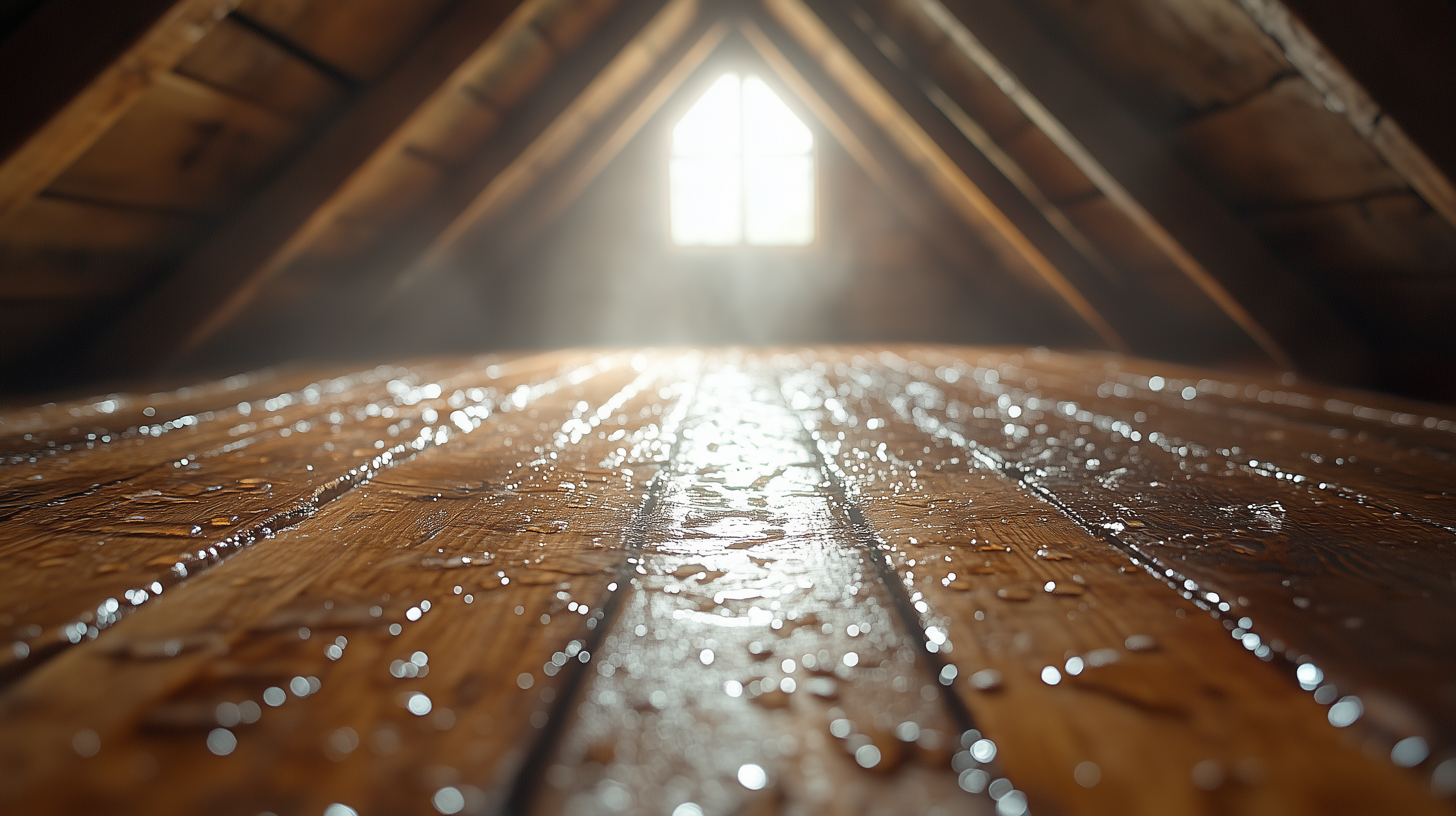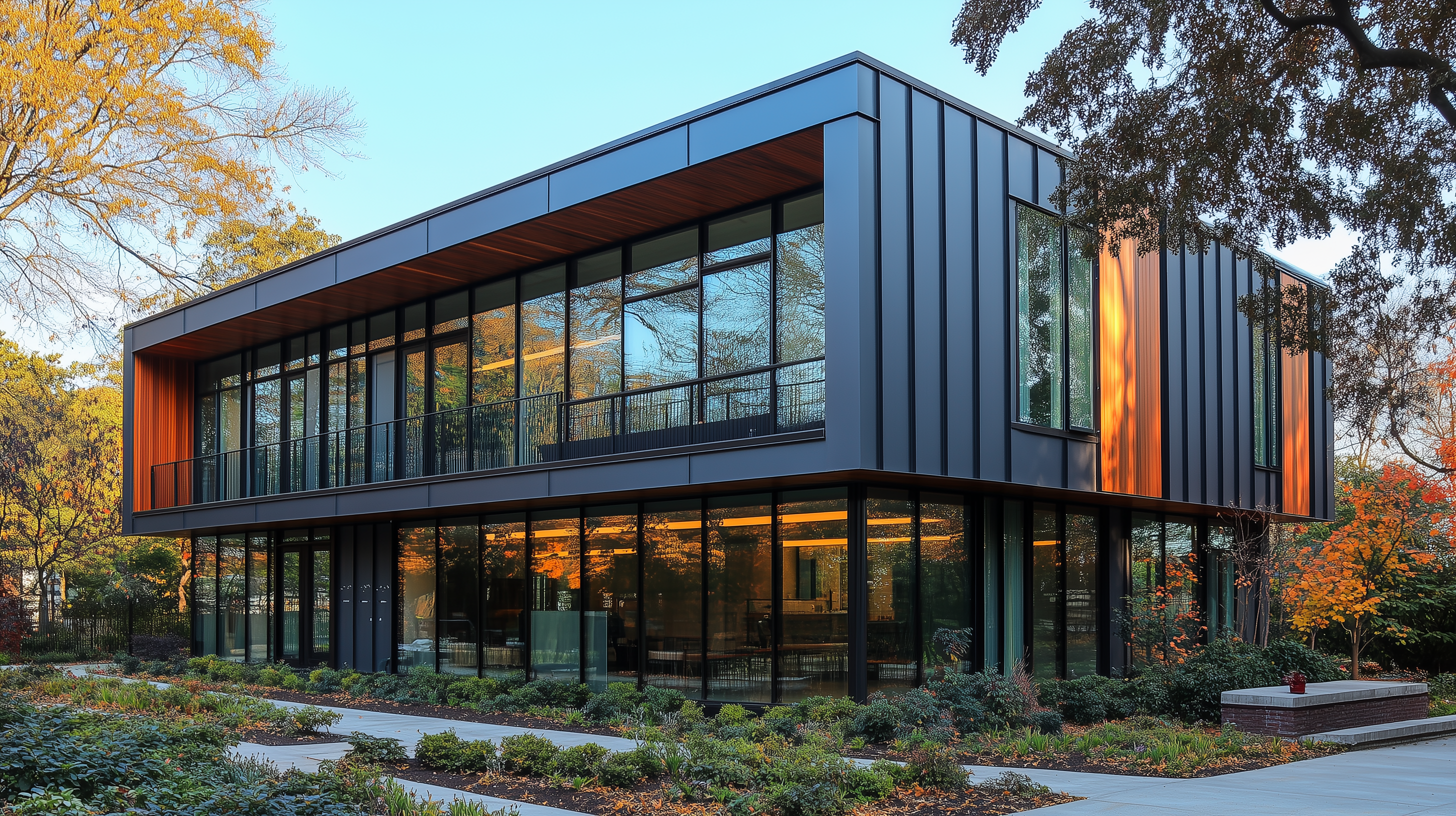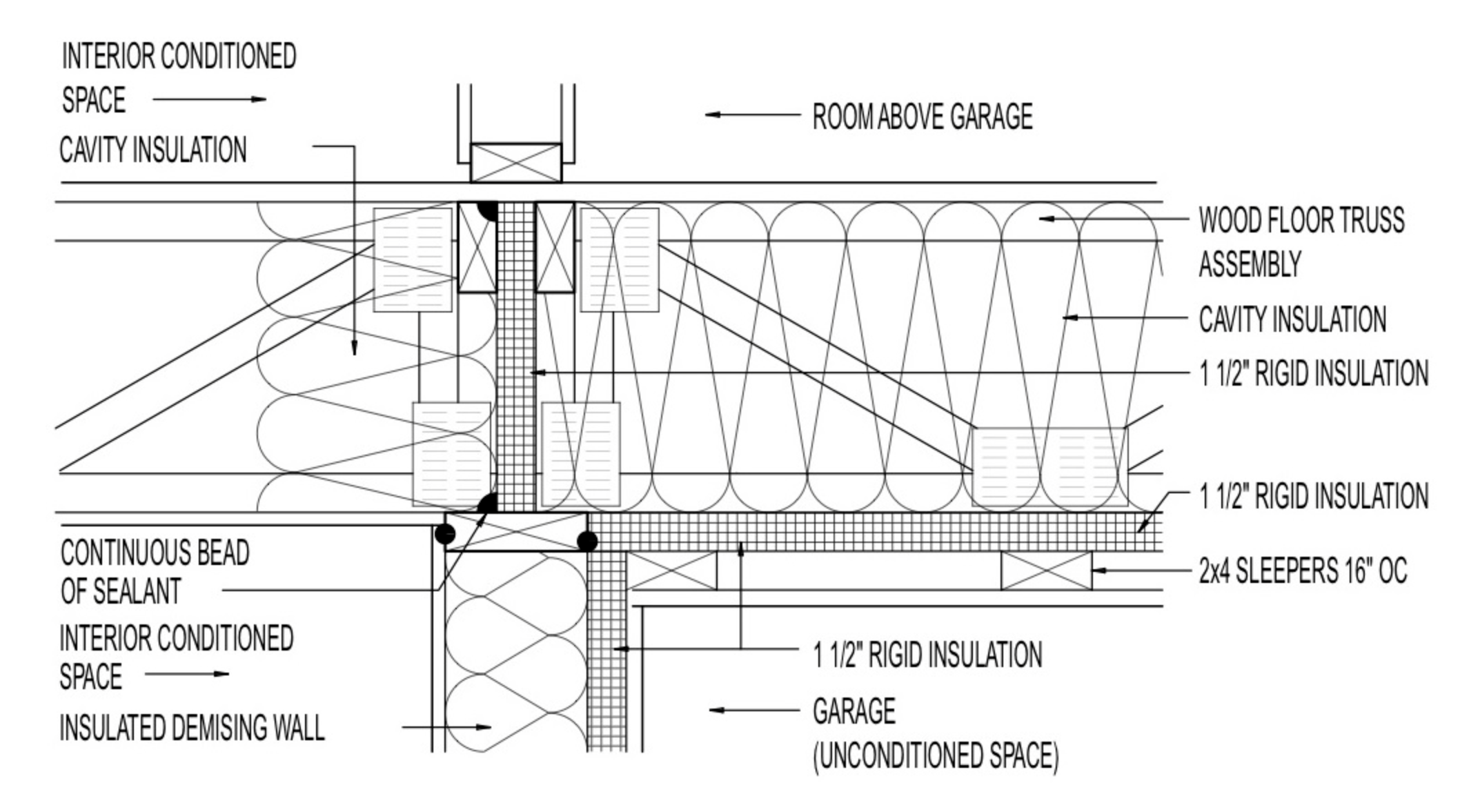Hello Allied Emergency Services community! With the surge in hurricane and tornado activities, understanding how to bolster your home or facility to withstand such severe weather conditions has never been more crucial. Sloped roofs, in particular, play a pivotal role in safeguarding a building against tornado and hurricanes. This post will walk you through the essence of sloped roofs and mitigation strategies covered in FEMA Fact Sheet 3.3.1.
Understanding Sloped Roofs: A Quick Overview
Why Sloped Roofs?
A sloped roof, by definition, has a pitch of 3 feet vertical to 12 feet horizontal (3:12) or greater. The two primary types of sloped roofs are:
- Gable-end Roof System: Featured at the top in Figure 3.3.1.11.
- Hip Roof System: Shown at the bottom of the figure.
But, why the emphasis on sloped roofs? Primarily, they offer enhanced drainage, which is critical during heavy rainfalls or snow events. Efficient water run-off minimizes the risk of water accumulation and potential damage.
Essential Components
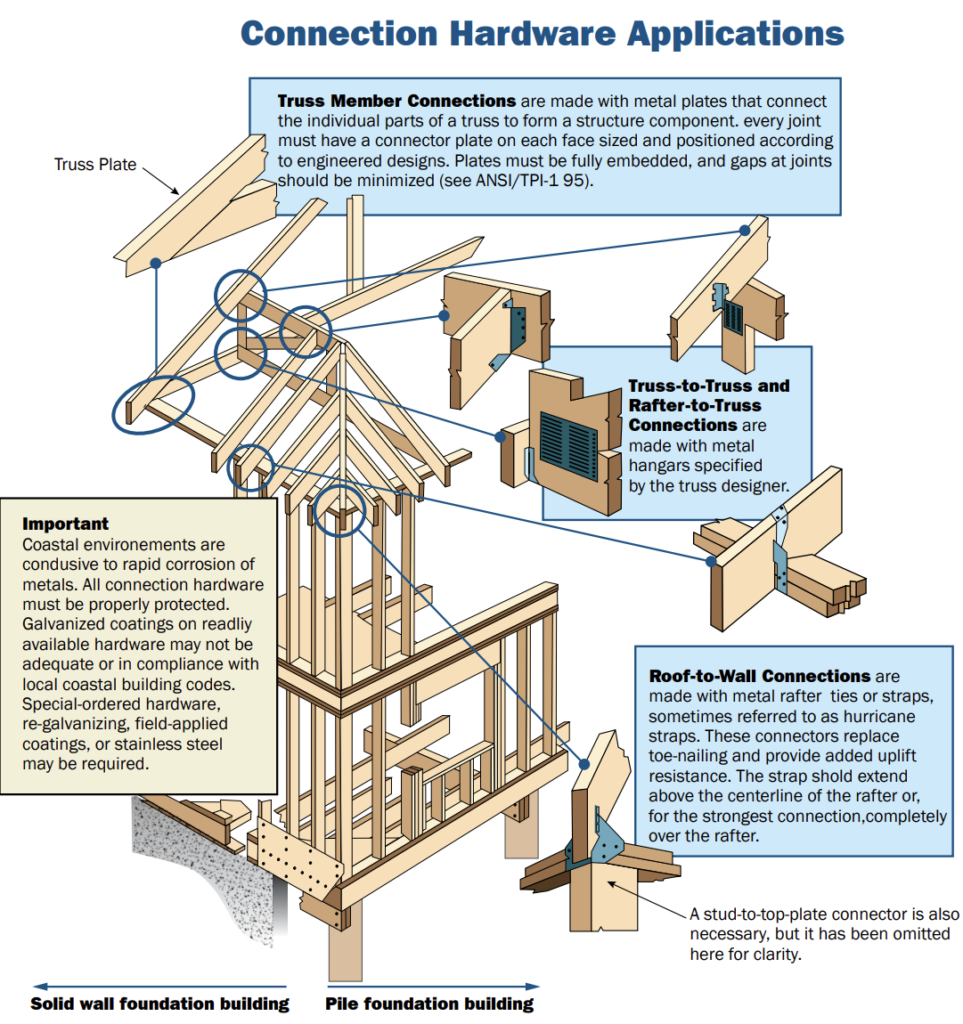
Every sloped roof comprises several essential components:
- Framing – The backbone of the roof, ensuring structural support.
- Connectors and Fasteners – They hold the roof together, linking it to the wall system.
- Sheathing – Offers additional strength and covers the framing.
- Covering – The protective shield against elements like rain, snow, and wind.
- Edges and Overhangs – Vulnerable parts that often suffer from wind uplift pressures.
- Vents – Essential for efficient temperature regulation and reducing energy costs.
- Drainage – Critical for routing water away, preventing accumulation and seepage.
- Skylights – For those who desire natural light from above.
- Rooftop Equipment – Includes solar panels, antennas, and more.
For a visual representation, take a peek at Figure 3.3.1.11 from the Hurricane and Flood Mitigation Handbook for Public Facilities.
Mitigation Measures: Protecting Your Sloped Roof Against Hurricanes
Harnessing the knowledge from Fact Sheet 3.3.1, here are some tailored mitigation solutions for sloped roofs:
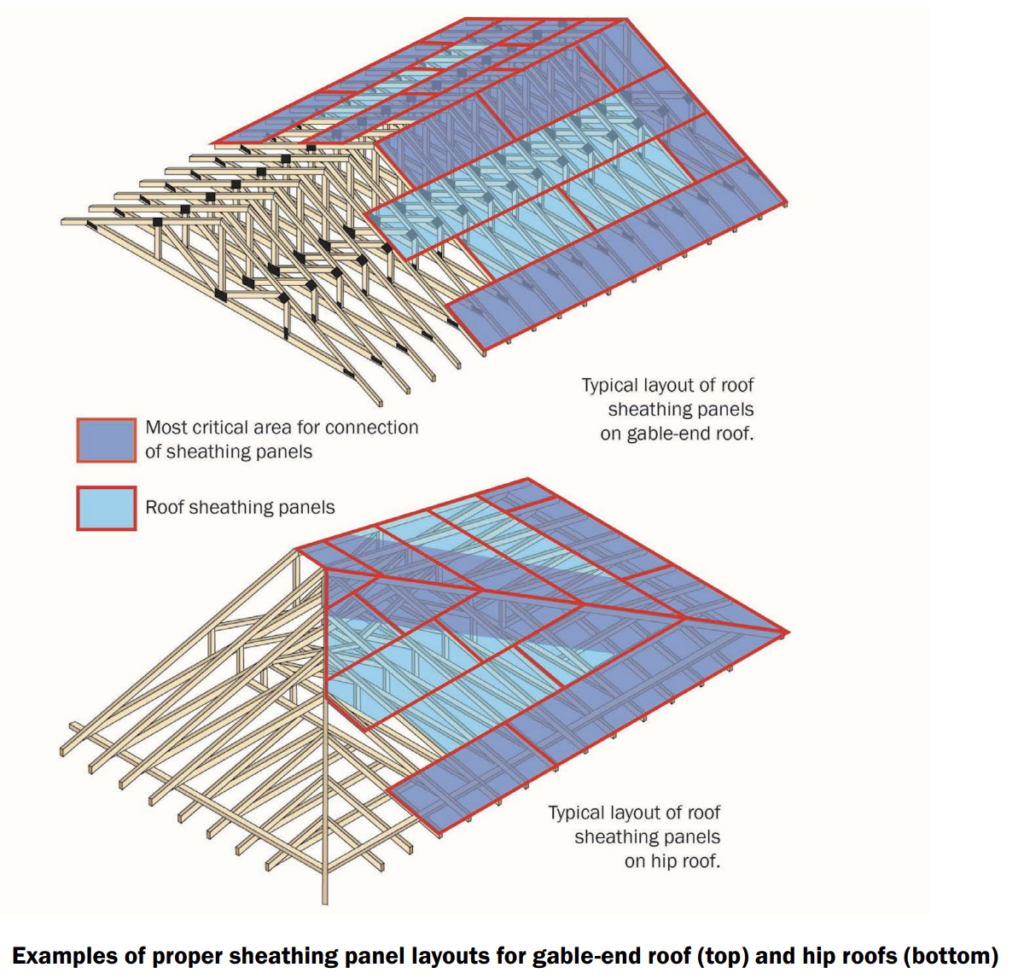
1. Strengthen or Improve
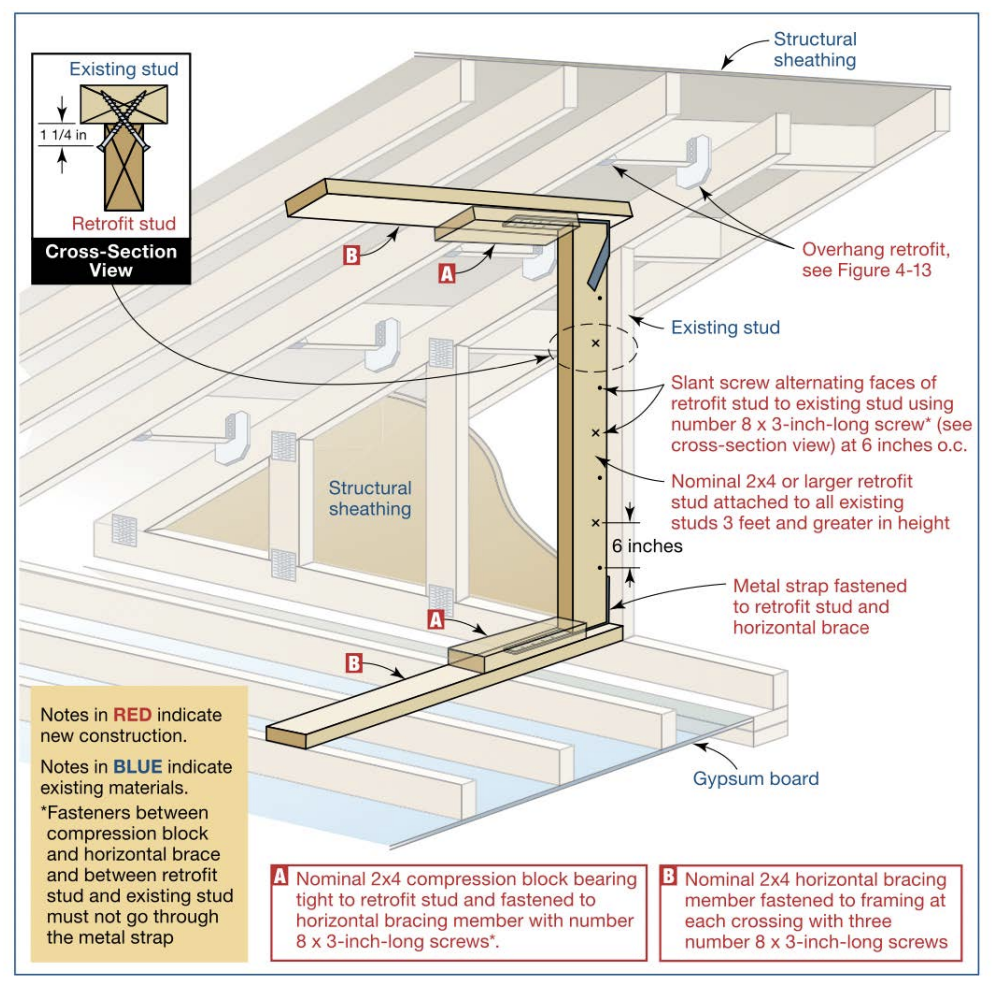
- Gable Roofs: Add gable-end bracing for reinforcement. This helps to counteract the lateral forces exerted by heavy winds. ✔️
- Roof Framing and Connections: Give special attention to connections. Solidifying these can reduce the risk of a roof being torn apart. ✔️✔️
- Wood Sheathing: Upgrade for enhanced resilience, especially if the current sheathing is aged or worn out. ✔️✔️✔️
- Roofing Material: If you have asphalt shingles or metal roofing, consider improving or replacing them with high-quality versions designed to withstand intense weather conditions. ✔️✔️✔️
- Soffits: Vinyl and aluminum soffits should be fortified to guard against wind-driven rain. ✔️✔️
- Drainage: Improve gutters and downspouts to ensure rapid water run-off, preventing water accumulation. ✔️✔️✔️
- Skylights: Strengthen for additional protection against airborne debris during storms. ✔️✔️✔️
- Roof-Mounted Equipment: Secure connections to prevent them from becoming hazards during high wind events. ✔️✔️
2. Add or Increase
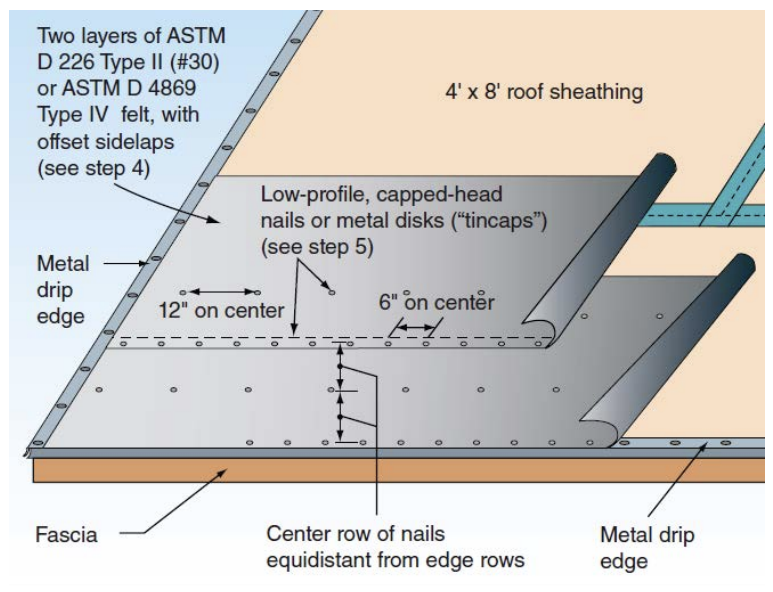
- Underlayment: Upgrading underlayment, especially for shingle roofs, provides an added layer of protection against leaks. ✔️✔️✔️
- Drainage: Increase the capacity of your roof drainage to handle heavier rainfalls. This can prevent water pooling and associated damage. ✔️✔️✔️
3. Secure or Eliminate
- Clay Tile Roofs: These can be heavy and potentially hazardous during storms. Consider securing them or replacing them with lighter, storm-resistant materials. ✔️✔️✔️
- Roof Overhangs: Overhangs can catch wind, acting like sails. Consider minimizing, securing, or eliminating them. ✔️✔️
- Soffit Vents: Reducing or eliminating these can prevent wind-driven rain infiltration. ✔️✔️
- Ridge Vents and Turbines: Secure or replace them, especially if they are aged or worn out. ✔️✔️✔️
- Gable Vents: Protect or eliminate them to safeguard against rain and wind intrusion. ✔️✔️✔️
Routine Maintenance: The Unsung Hero
While strengthening and upgrading are essential, the unsung hero in roof resilience is routine maintenance. A regular roof maintenance schedule is paramount. Inspections, ideally in spring and fall, can pinpoint vulnerabilities before they become major issues. After severe weather events, a quick inspection can help identify and repair storm-related damages.
Wrapping Up
Investing in a resilient sloped roof system not only ensures the safety of your home or facility during hurricanes but also speeds up repair times, enabling a swift return to normalcy. Stay #HurricaneReady and always prioritize safety!
Remember, a roof is more than just a covering for your building—it’s a shield against the elements. Equip your roof with the best defenses, and it’ll protect you come rain or shine.
Ready to fortify your roof against the toughest weather challenges? Take the next step to ensure your property’s safety and longevity. Contact Allied Emergency Services now and let’s make your home storm-ready!
For a comprehensive look, dive into the Hurricane and Flood Mitigation Handbook for Public Facilities Fact Sheet 3.3.1 released in March 2022.
Stay informed, and don’t forget to share this vital information within your community. #AlliedEmergencyServices #RoofingExpertise #HurricanePreparedness






